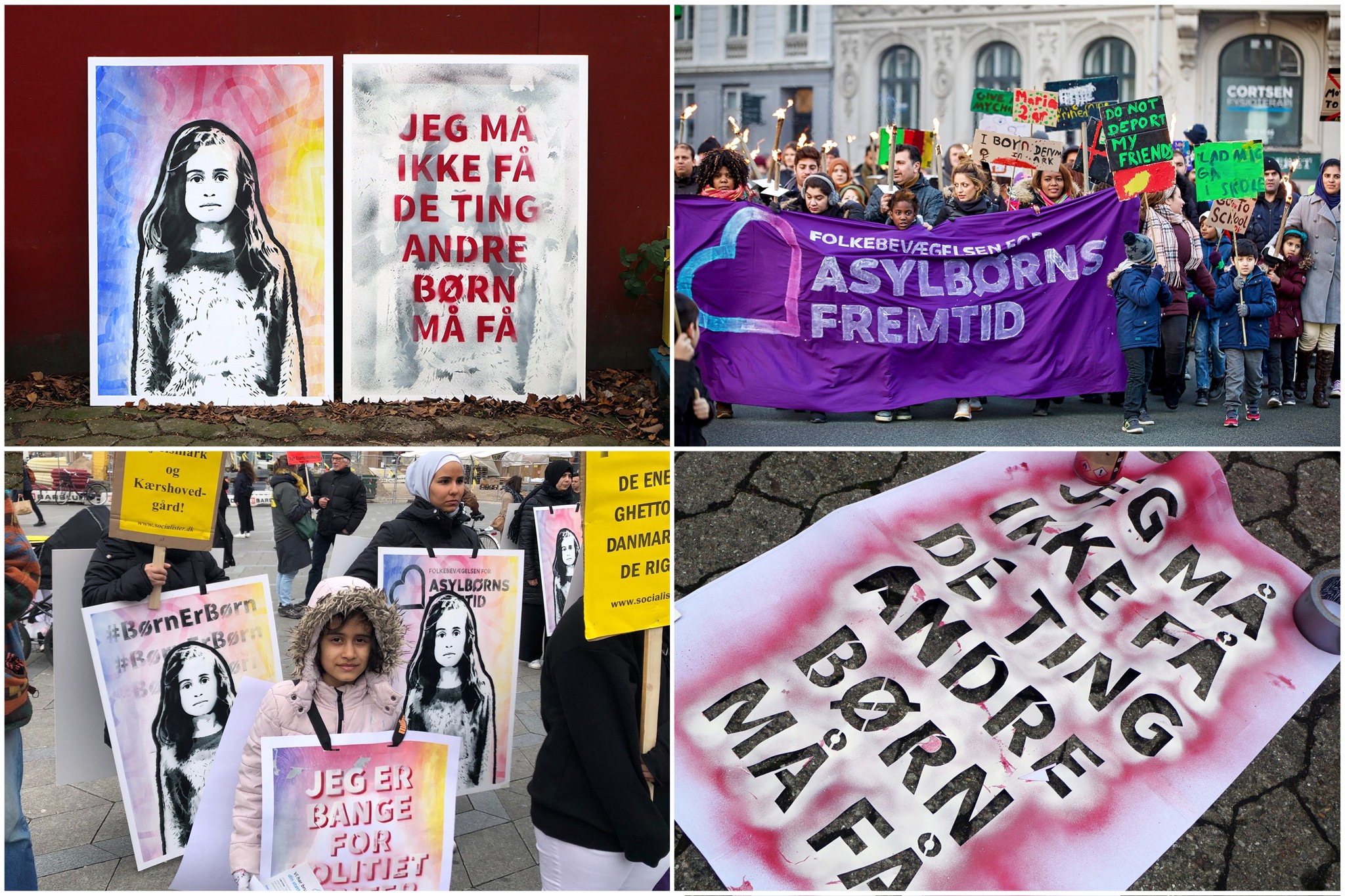We were lucky to catch up with Aquil Virani (aquil.ca) recently and have shared our conversation below. Aquil’s work kindles the creativity in everyday participants, crowdsourcing community contributions to explore who we are and how we move forward.
Aquil, looking forward to hearing all of your stories today. We’d love to hear about a project that you’ve worked on that’s meant a lot to you.
It’s impossible to pick, but I’m happy to talk about two projects that come to mind.
First, in 2018, while in Copenhagen, I worked with Trampoline House (or “Trampolinhuset”), an independent community centre that provides support for refugees and asylum seekers in Denmark. They asked me to run some artistic workshops that would create sandwich boards and posters for a petition campaign that supported the rights of asylum-seeking children. We crowdsourced slogans and photographs to inspire the material.
For the second project that comes to mind, I collaborated with the ROM (formerly the Royal Ontario Museum) and curator Justin Jennings, gathering crowdsourced sticky notes from the #MyPandemicStory exhibition that featured handwritten responses to the prompt: “When things get better, I will…” I integrated hundreds of these sticky notes that shared anxieties, frustrations and hopes about early pandemic experiences.
Curator Justin Jennings said about the project: “When people came to #MyPandemicStory, many shared their hopes for the future on sticky notes. Aquil’s artwork does an amazing job of using those notes to both capture an important moment in Canadian history and help chart our way forward in a post-Covid world.”

Great, appreciate you sharing that with us. Before we ask you to share more of your insights, can you take a moment to introduce yourself and how you got to where you are today to our readers.
I’m an artist who lives and works in Toronto (on Toronto Purchase Treaty territory). My projects are often political and participatory – including contributions from the public in different ways. “Merry Khushali” is a project that might tell you a bit about who I am, as an example; it presents a series of Christmas-style ornaments honouring the Ismaili Muslim celebrations called Khushali (or Khushiali) – one of which takes place on December 13. The series references the assimilationist approach of the Ismaili diaspora. Painted in the style of hand-made decorations, these objects feature the colours of the Ismaili flag that happen to be the colours of Christmas too: red and green.
One of my most proud accomplishments is being named as the “Artist For Peace” by a Quebec-based artist collective called “Les Artistes Pour La Paix.” The award was presented by artist André Michel who gave me the award, along with a hand-calligraphied certificate, in 2018 at the “Conseil des arts de Montréal” building on Sherbrooke Street. I am always trying to live up to that honour.
Outside of being an artist, I’m an avid hockey fan of the Vancouver Canucks and a Toronto resident who supports the PWHL’s Toronto Sceptres. I’m really into “to-do lists” and understanding how different people organize their day. I listen to all sorts of pop music to have fun, but I need lyric-less tunes for working. I keep a “looking forward to” list for cloudier days.

What can society do to ensure an environment that’s helpful to artists and creatives?
I think we live in a complex society with interdependent issues. Raising the minimum wage supports the feminist movement. Paying nurses fairly builds a strong healthcare system for everyone. Building housing that is explicitly affordable helps everyone, including artists.
Society can elect governments that support the arts’ vital role. I have been fortunate to receive financial support in the form of grants from the Canada Council for the Arts (2020, 2023), the Ontario Arts Council (2021, 2022, 2023), the Toronto Arts Council (2022), the City of Ottawa (2021), and various other community organizations like the International Centre of Art for Social Change (2020), the Silk Road Institute (2019), the Michaëlle Jean Foundation (2017), among others.
There are a million ways to support artists, but one avenue worth mentioning that isn’t mentioned enough: providing moral support for artists by telling them what you think of their art and why it’s meaningful to you. In our digital age, we often operate in a void. If no one tells us they enjoyed our video (a “like” isn’t the same), we have know way of really knowing.

Is there mission driving your creative journey?
I strongly believe in using art as a tool for social change. Art can provide a meaningful message of hope and empathy and it can also support impactful campaigns from non-profits or drive behavioural change that leads to healthier communities. I believe in responsible and nuanced representation. “Nothing about us without us.” I believe in art that speaks to everyone.
Contact Info:
- Website: http://aquil.ca
- Instagram: @aquilvirani


Image Credits
Malcolm Cook
Larry Daryl


